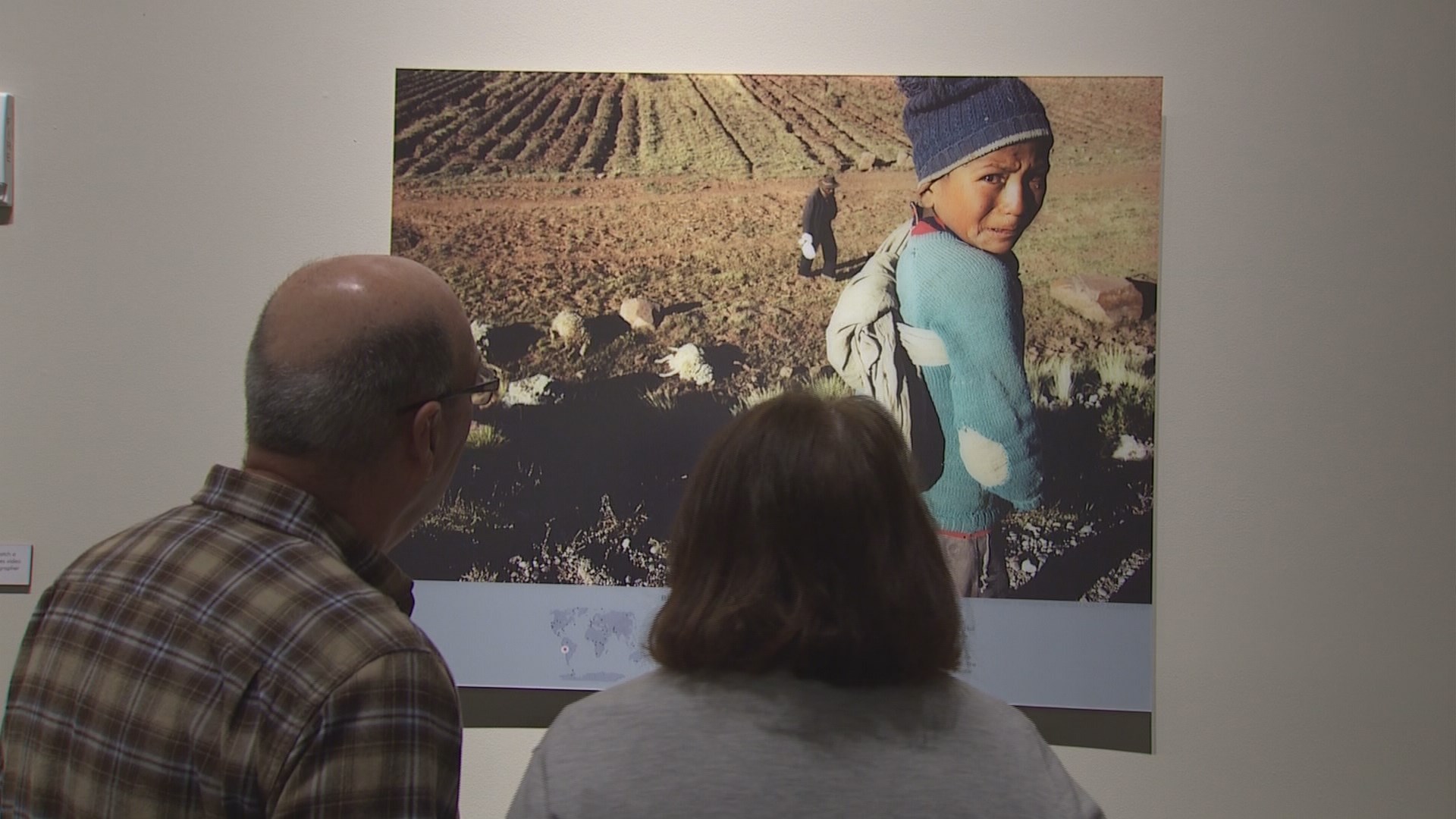In just a few days an exhibit devoted to National Geographic’s 50 Greatest photographs ends at Whatcom Museum in Bellingham.
“The shots are not just of the moment,” says museum curator Barbara Matilsky. “They penetrate deeper and there's a whole story told.”
The exhibit includes some of magazine's most celebrated and most remembered images from its more than 120 year history.
“I believe the photographers in this show are not only talented artists but are also, given the fact that they put their life on the line, advocates, says Matilsky. “They're devoted and they are opening up the world for us."
Matilsky wanted to be sure we saw two disturbing photographs that reveal the horrible effects of pollution.
The first is of a baby albatross chick that starved to death.
“Its stomach was so full of plastics that it couldn't eat normal food,” she says.
The second is even harder to look at : Russian children born with the same deformity, missing limbs.
“The pollution in some Moscow neighborhoods is so intense, this is the result,” she says.
National Geographic photographers are on a mission.
“They're looking for the story,” says Matilsky. “They're going to a place specifically for that story, and they're there for a long period of time and they let it unfold and they take thousands of photos and from that group of photos there is one --that many people say is the decisive moment.”
The exhibit runs through Sunday, January 15,2017.


